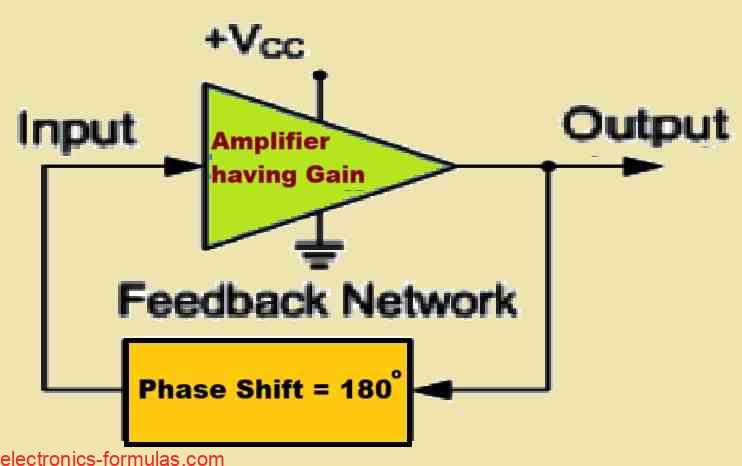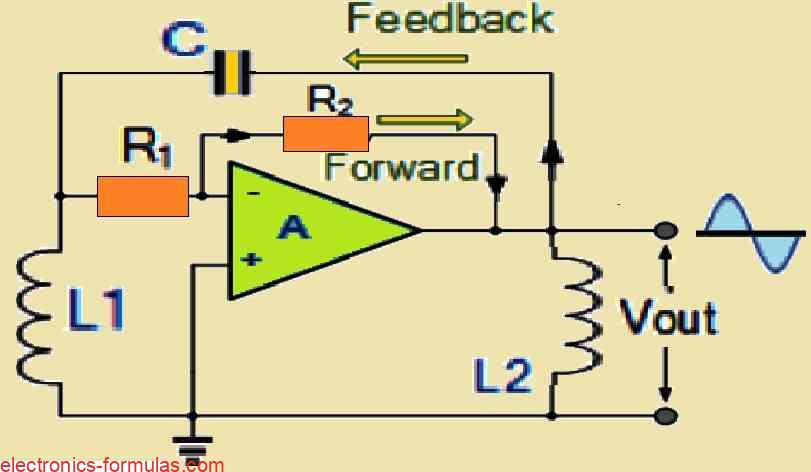In the earlier lessons we had about transformers, we kind of assumed that these devices were flawless. This means we thought their windings did not experience any core losses or copper losses at all. But when we actually use a transformer “on-load” we have to face the reality that there are always going to be […]
Understanding
Understanding Quartz Crystal Oscillator Circuits, with Calculations
Quartz crystal oscillators allow us to overcome a number of issues that may have a substantial impact on the frequency stability of an oscillator circuit. These influences include, but are not restricted to, temperature variations, fluctuations in the load connected to the oscillator, and even changes in the DC power supply voltage. All of these […]
Understanding RC Oscillator Circuit, with Formulas
We all known that a single-stage transistor amplifier, when built as a common-emitter amplifier, may initiate a 180-degree phase shift between its output and input signals. This built-in characteristic of the amplifier design could be used to build an effective RC oscillator circuit. Interestingly it may be possible for us to construct transistor stages to […]
Understanding Hartley Oscillator Circuit, with Calculations
The basic LC Oscillator tank circuit that we discussed in one of our earlier posts has a significant limitation: it cannot alter the magnitude of its output oscillations. This means that the oscillations might be either too large or too little, making it difficult to get the desired results. It might also be difficult for […]
Understanding Exclusive-OR Gate: Tutorial
The Exclusive OR (XOR) Gate is a specialized type of digital logic gate that are widely utilized in digital arithmetic operations. Using these gates it becomes possible for us to calculate the sum of two binary numbers and we can also use these gates in error-detection and correction systems. So far in our logic gate […]
Understanding Logic NOR Gate: Tutorial
The term “inclusive” in “inclusive NOR” simply tells us that it is an alternative way of referring to a regular NOR gate. Like a standard NOR gate, the inclusive NOR gate gives us a logic “1” (high) output when all its inputs are at logic “0” and we get an output logic “0” (low) when […]




